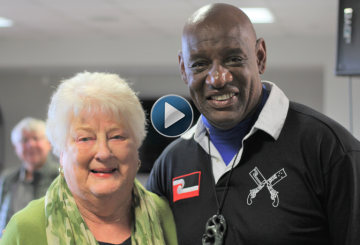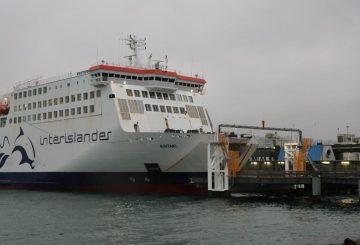八卦在工作场所很常见,通常被视为打发时间的一种方式。但是,这些对话对我们的工作关系的影响可能比我们想象的要大。八卦的影响可以是正面的,也可以是负面的,这取决于听到八卦的人如何解释流言者的意图。
职场八卦是关于不在场的同事的非正式谈话,通常被视为没有成效或有害的。但是最近的研究呈现了一幅更为复杂的画面。一些研究表明,八卦可以带来友谊,而另一些研究则认为八卦会损害人际关系。我们的研究表明,这些相互矛盾的发现可能是由于对八卦在塑造工作中的社交关系中所起的作用的误解。
我们重点关注听到八卦的人,询问他们如何看待这些交流以及这对他们与同事的关系产生了什么影响。我们用三个概念来理解职场八卦。“交流视角” 表明,八卦通过互让的过程将同事联系起来,在这个过程中,共享信息以换取社会支持。“声誉信息视角” 着眼于八卦如何塑造听众对被八卦者的看法。“八卦价值” 是指八卦是正面还是负面。
我们的研究调查了八卦如何影响听众对分享八卦的人的看法。我们通过书面报告和访谈收集了数据,从听众的角度详细描述了八卦事件如何影响人际关系。
我们的研究结果表明,听众如何看待八卦非常重要。如果听众认为八卦者是真实和诚实的,那么八卦可以带来新的友谊或加强现有的友谊。有趣的是,我们发现,只要听众相信八卦是真诚的,负面八卦比正面八卦更有效地建立友谊。
如果听众认为八卦者正在分享有用和准确的信息,以造福他人,那么信任就会增强,工作关系就会得到加强。但是,如果将流言者的意图视为自私自利,信任就会降低,建立友谊的机会就会降低。
我们的研究表明,八卦不仅是闲聊,而且是一种有价值且具有潜在风险的社交工具。我们经常闲聊而不考虑自己为什么要这么做,但是我们的研究表明,其他人会密切关注我们八卦的原因。由于我们无法控制他人如何解释我们的意图,因此在分享八卦之前必须仔细考虑。




























































